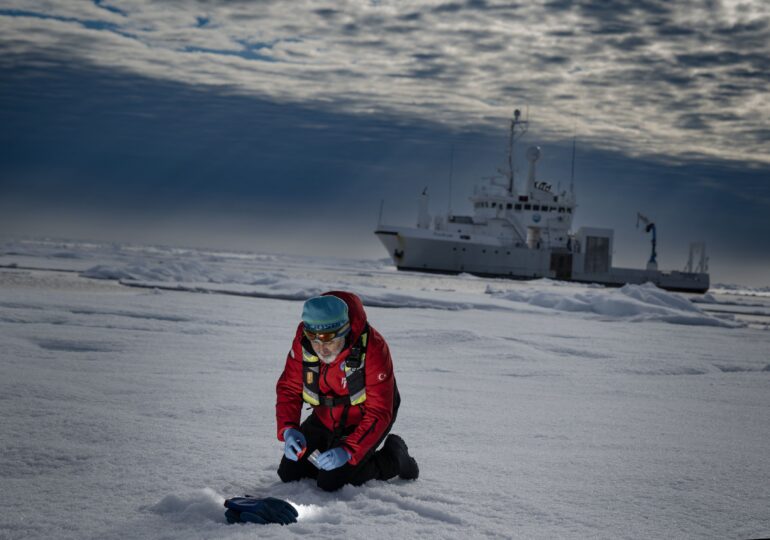Svalbard, an isolated archipelago in Norway, is becoming a focal point on the global geopolitical map. Located nearly 1,000 kilometers from Tromsø, the nearest Norwegian city, and inhabited by only 3,000 people, the territory is used by Russia to test various challenges.
Now, the Kremlin has accused Norway of militarizing the archipelago, creating a potential pretext for military action – which means it’s time to pay more attention to Svalbard, writes Politico.
The Svalbard Treaty
Svalbard, also known as Spitsbergen, has been inhabited since the 17th century, and interest in these islands increased significantly after the discovery of coal in the 1800s.
After the signing of the Svalbard Treaty in 1920, a document signed by Norway, the United States, the United Kingdom, Sweden, Japan, and a small number of other countries, Norway took sovereignty over the archipelago in exchange for the promise to allow citizens from the signatory states to live and work there.
However, the Treaty prohibited the militarization of the region, keeping it as a peaceful area protected from external forces.
The Soviet Union signed the treaty in 1935 and established a Soviet presence centered around the coal mines it operated there.
In fact, the Soviets built a model village that functioned as a mini-Soviet Union until 1998, when the Russian company Arktikugol closed the mines in Svalbard, and the town of Pyramiden was hastily abandoned. Pyramiden remains a ghost town to this day.
But Russia did not completely leave Svalbard, as reported by the source.
Recent events indicate that Svalbard is no longer just a forgotten region, but a strategic area in the dispute between Russia and NATO. In recent years, Russia has organized unauthorized demonstrations and visits by officials, including a military parade, thus violating the spirit of the international agreement.
Now, the Kremlin has lodged a complaint about what it calls the militarization of Svalbard by Norway.
The Kremlin Provokes Norway and the West
The Kremlin alleges that Norway, with the support of NATO and the United States, has used the archipelago for military purposes, a completely unfounded claim, considering there are no military bases or fortifications in the area.
"Contrary to the international legal regime established by the Svalbard Treaty of 1920, which provides for the exclusive peaceful development of the archipelago and prohibits the use of its territory for military purposes, the area is increasingly involved in Norway's military and political planning, with the participation of the United States and NATO," reported TASS.
Russia has denounced Norway's involvement in the military planning of the area and has continued to organize various events in the archipelago: raising Soviet flags and holding a Victory Day parade in 2023, causing discontent in Norway.
Geopolitical Tensions and Challenges for NATO
According to Politico, Svalbard is not involved in Norway's "military and political planning."
There are no Norwegian military uses of the archipelago — and especially no such uses by NATO or the United States.
The Svalbard Treaty prohibits naval bases and military fortifications, and there are no such facilities on any of the islands, but Norwegian warships patrol the waters around the archipelago, and the Norwegian armed forces assist local authorities in crisis response, as was the case in 2017 when a Russian helicopter crashed near the largest town in Svalbard, Barentsburg.
Faced with these challenges, Norway and its NATO allies are forced to rethink their approaches to Svalbard.
Accusing Oslo of violating the Svalbard Treaty, Russia has left itself the option to respond to this alleged violation. It is a move that follows Moscow's pattern in Ukraine, where at various times it has claimed to be responding to Ukrainian violations. And although Norway may insist it is not violating the Svalbard Treaty, this will not convince a regime that has operated with lies, as the source mentioned.

